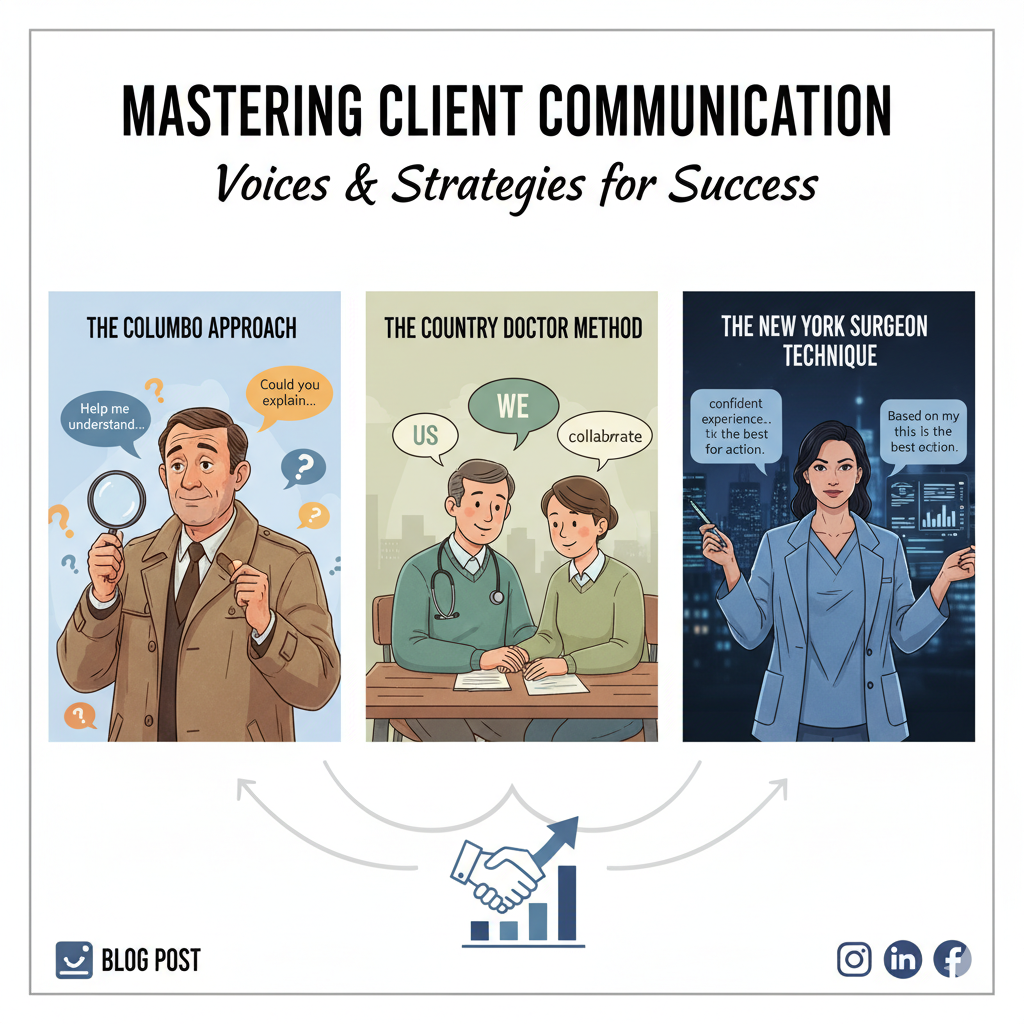Effective Leadership and Team Management Strategies
Enhance Your Leadership Skills and Team Management Techniques to Drive Business Success in a Competitive Environment
In today's competitive business landscape, effective leadership and team management are more crucial than ever. This blog post will explore practical tactics to enhance your leadership skills, manage team dynamics, and implement structured processes such as EOS (Entrepreneurial Operating System) to improve team accountability. We will delve into dealing with difficult employees, setting and achieving realistic goals, and the importance of change management.





